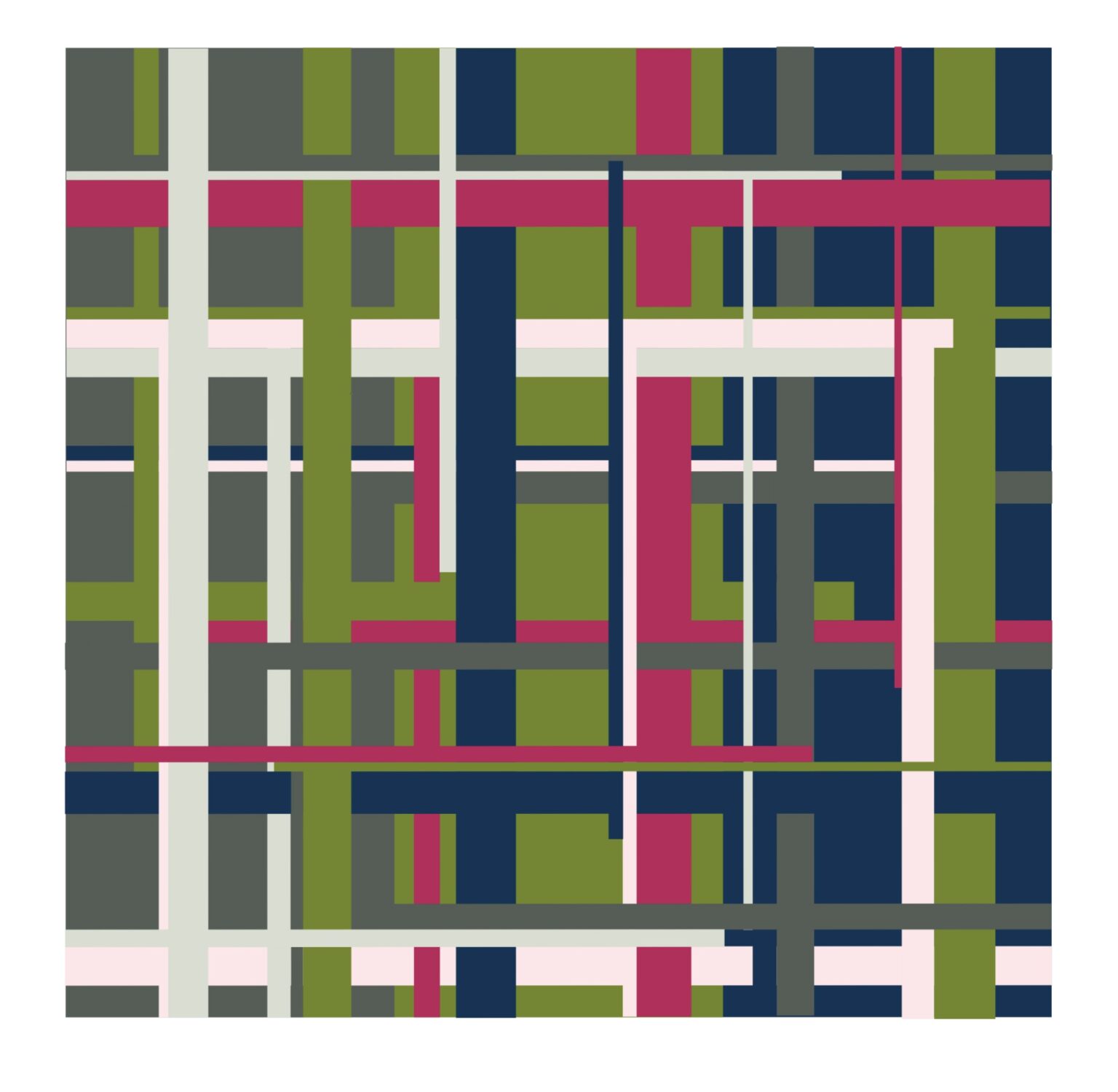School of Design Textile Design
Kim Lambert

As a textile designer specializing in knitted structures, my work explores the expressive potential of material, structure, and colour. I’m driven by experimentation and innovation, balancing creative intuition with technical precision to push the boundaries of knit in both form and function.
Colour is central to my process. I develop palettes through methods like yarn wraps and digital gradients, aiming to create atmosphere and emotional depth. I pair this sensitivity with a curiosity for unconventional techniques and a rigorous approach to sampling.
Sustainability underpins my practice. I design for longevity and adaptability, creating textiles that are both visually engaging and environmentally responsible. My goal is to foster lasting connections between people and the textiles in their lives.
Rooted in craftsmanship and guided by research, my work bridges concept and practicality through thoughtful, forward-thinking design.

MEMORPHOSIS
The concept of my project, ‘MEMORPHOSIS’ (memory + metamorphosis) revolves around exosomatic memory, which refers to memory stored outside the body, and how this can be explored within textile design. A key influence is Deleuze’s theory that memory is fluid and malleable, constantly reshaped by present circumstances. He believed that past experiences could gain new meanings depending on the current context, which directly informs my project. Drawing inspiration from old family photographs and nostalgic locations in my hometown, I aim to create tangible knitted structures that embed memories and allow for reinterpretation.
I’ve explored the technical potential of heat-reactive yarn to create forms that align with this theme, using specific colour gradients to express the transformative nature of memory. These knitted structures, produced in multiple colourways, showcase how the same shape can shift and evolve, just as memories change based on perspective. The designs are intended for interior spaces, valued for both their conceptual depth and functional qualities, such as sound absorption and decorative installation.
In terms of responsible design, my project emphasises the importance of reassigning value to textiles by embedding memories within them. If we were to treat textiles as carriers of personal or collective histories, akin to how we cherish photographs or heirlooms, we would be more likely to preserve, care for, and repurpose them. By reimagining textiles as tangible repositories of memories, the need for constant consumption could be reduced, fostering a more sustainable relationship with material culture. The focus on reducing waste is embedded in my design process, where I carefully consider how each piece can be reinterpreted or repurposed, creating lasting value that transcends traditional notions of textile use.














































































